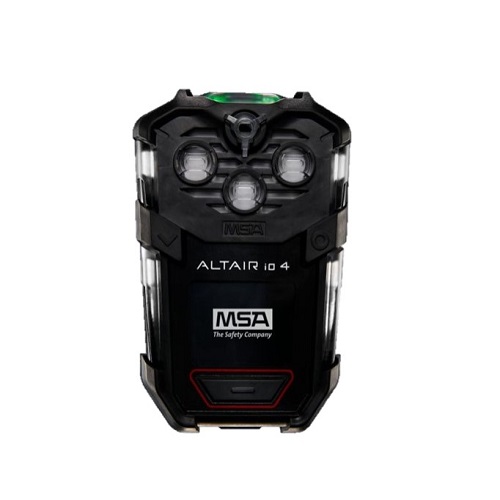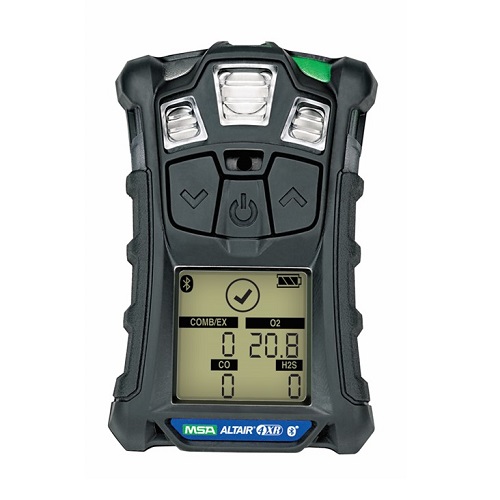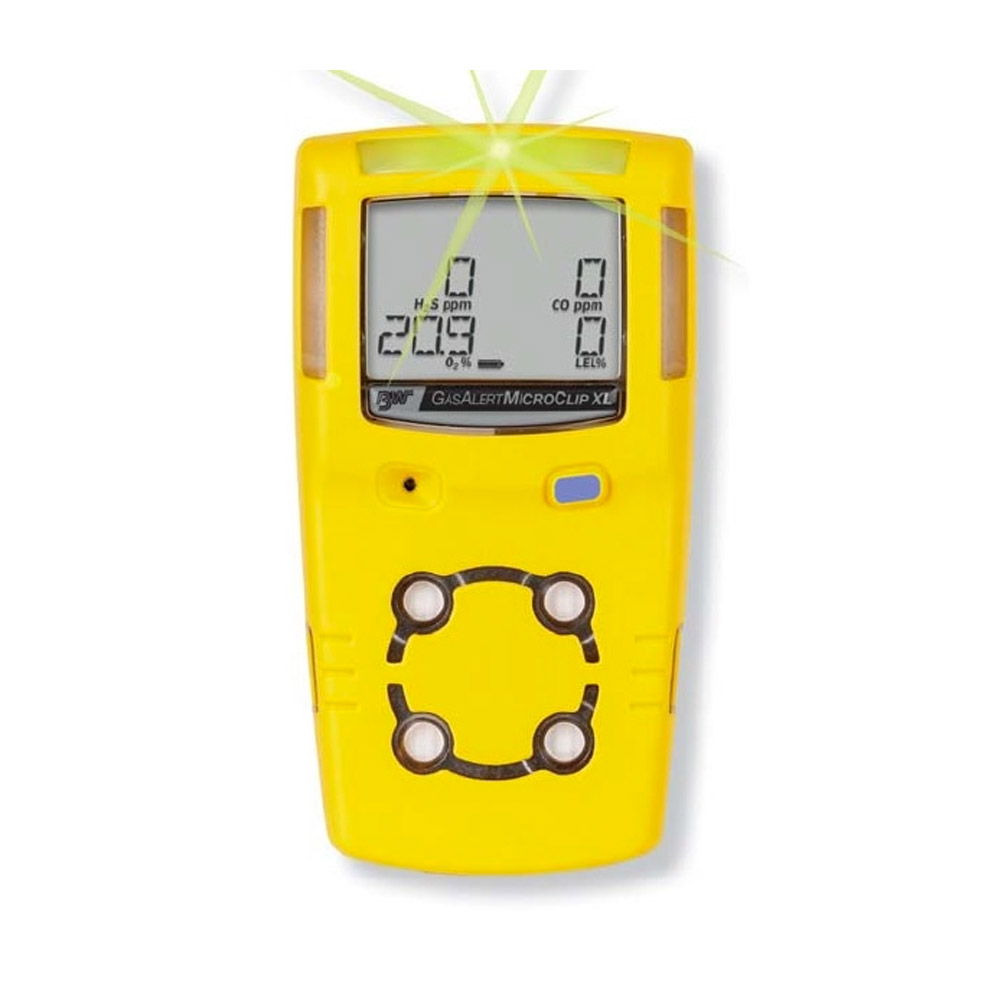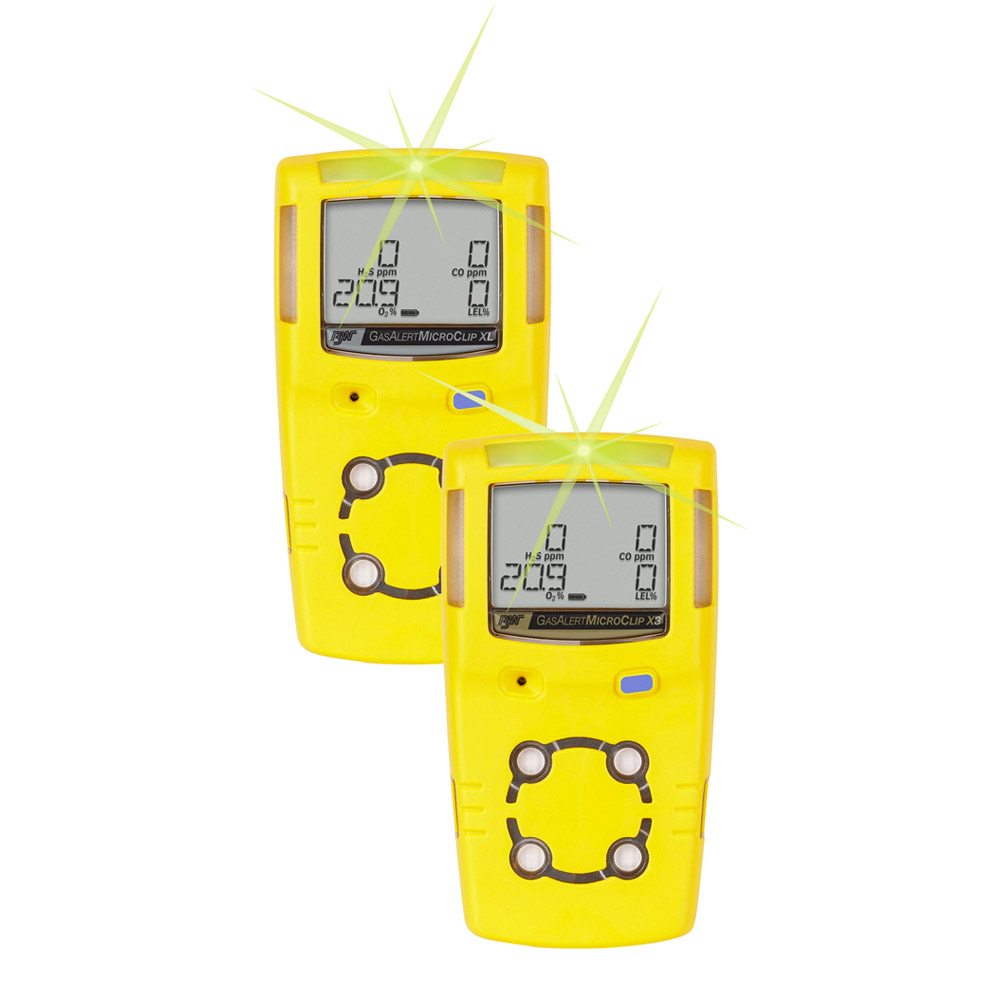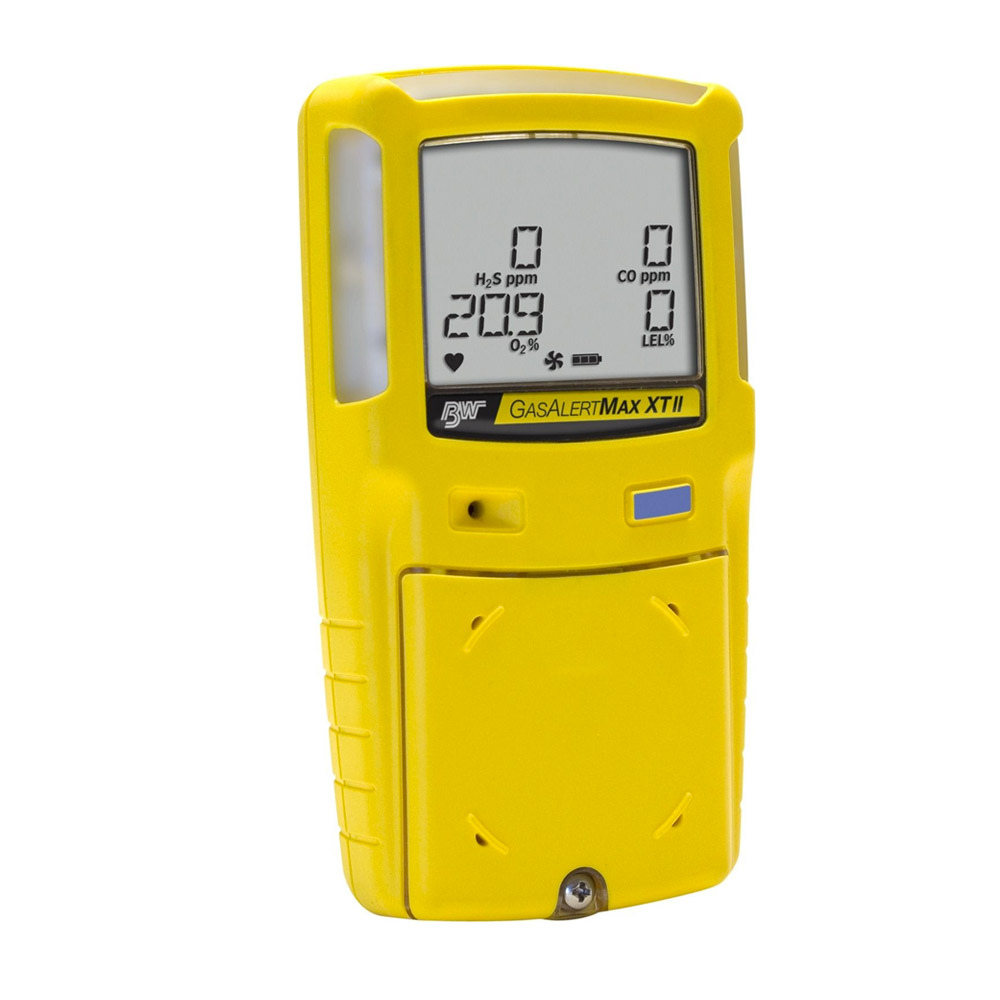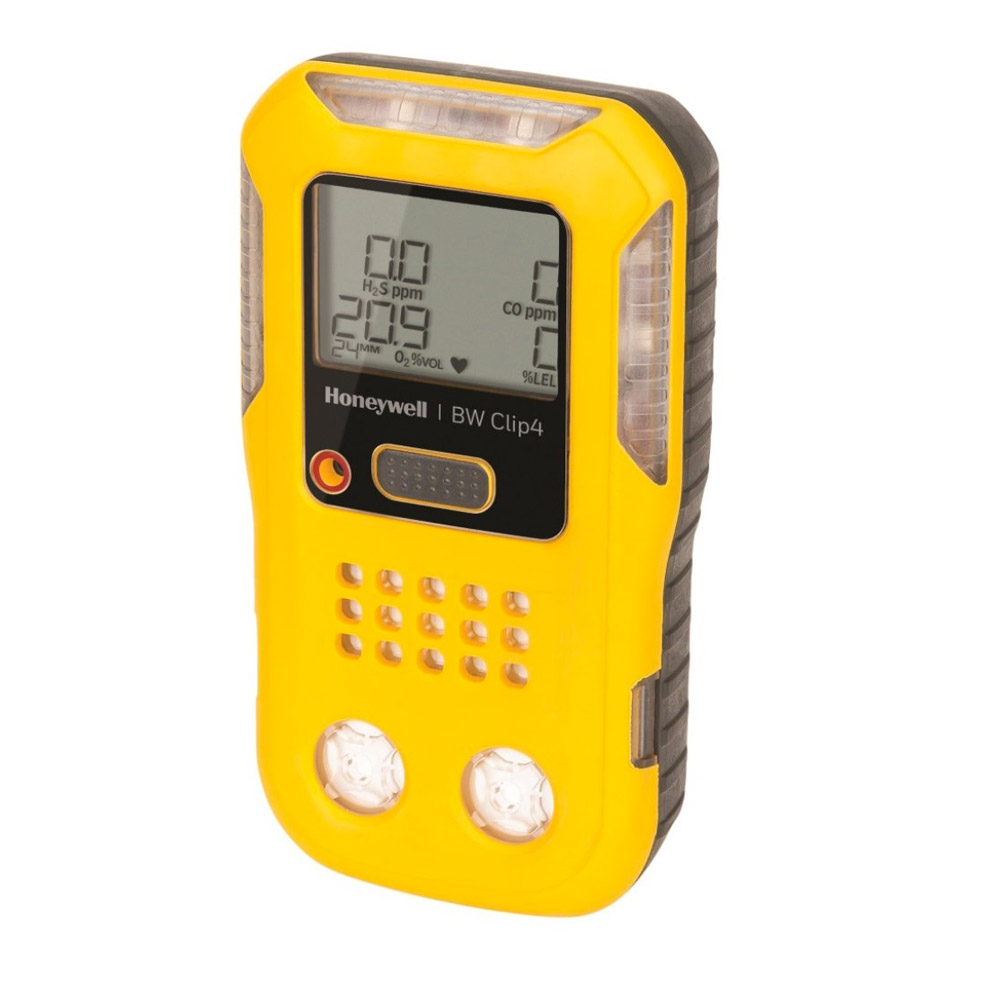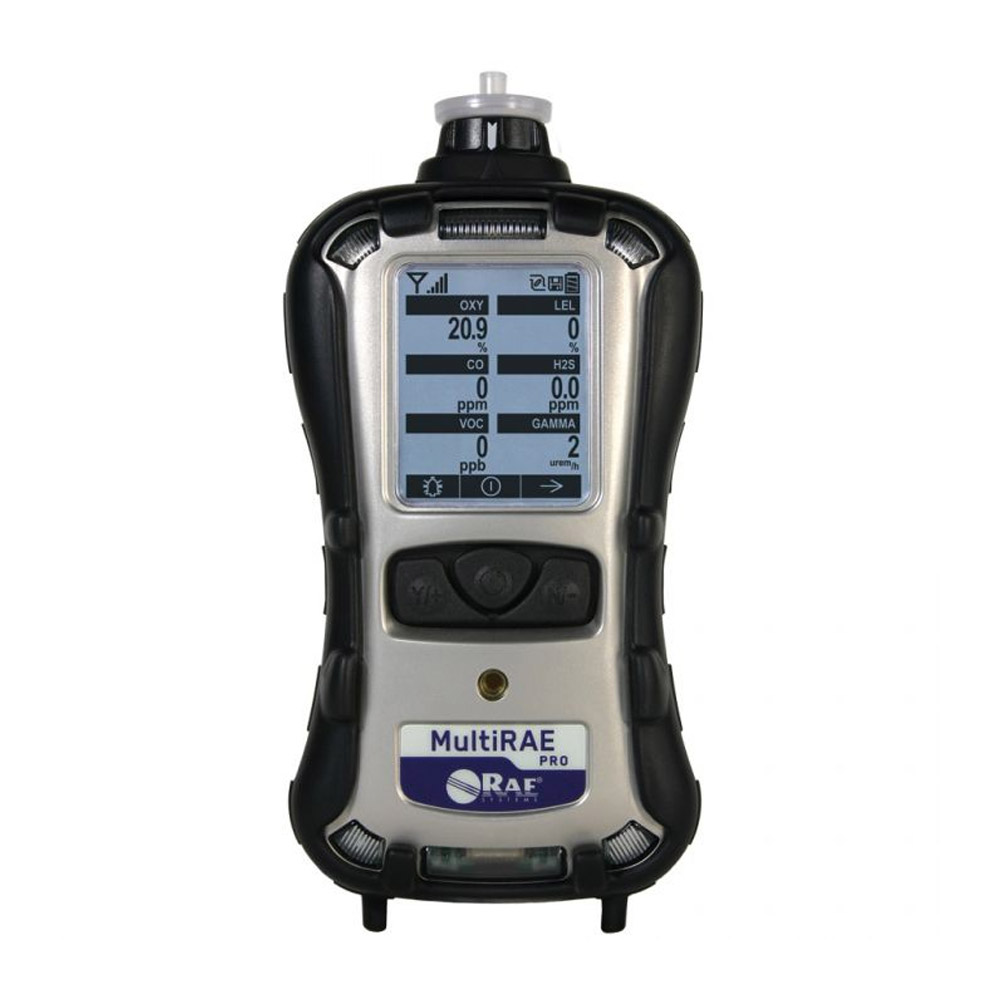Deployable/ Parameter Gas Detectors
The portable gas detectors supplied by AES can help you to detect toxic, flammable and combustible leaks, as well as monitor oxygen depletion.
As they are completely portable, these natural gas detectors can be handheld, clipped onto a belt, or linked together and used as a parameter safety net to ensure that your space is monitored appropriately. All of our instruments offer easy operation, audible and visual alarms, and have been designed to meet all safety requirements.
Download our informative guide to portable gas detection here.
AES is the Australian Authorised Distributor, Repair and Calibration Centre for all RAE Systems products, including portable gas detection equipment and PIDs.
Our range of portable gas detectors comprises:
- The MultiRAE, MultiRAE Lite and MultiRAE Pro. Each gas leak detector offers the ability to include up to 5 gases and VOCs, have a man down alarm and are wireless. Pump and diffusion models for personal protection are also available. With 33 sensor options and PID (ppm and ppb), we have the monitor for your applications.
- PID (Photoionisation detectors), including the market leader – the MiniRAE 3000 (which has an extended range of 0 to 15,000 ppm to detect volatile organic compounds) – and the UltraRAE 3000 (which can be used to detect specific gases such as Benzene).
- Personal single gas detectors portable, which offer detection of a wide range of toxic gases.
- Portable gas leak detection accessories, including detection tubes and hand pump kits.
- Portable multi-gas detectors; from the simple QRAE II in pumped and diffusion models for all confined space work, to the sophisticated portable gas monitors that are the MultiRAE and ToxiPro.
- The MultiRAE are exceptional portable gas detection monitors for use in a large range of applications such as landfill operations, confined space, food and beverage, wastewater treatment, telecommunications and chemical.
- Gas detection sensor options – 30 interchangeable sensor options, including PID for VOCs, NDIR and catalytic for combustibles and NDIR for CO2.
Methane Gas Detector
Whilst methane is a non-toxic substance, it is highly explosive and can cause death by asphyxiation (as it displaces oxygen). These detectors are particularly important for the mining industry, as the gas is prevalent underground.
Carbon Dioxide Monitor
This is another non-toxic substance that can cause death by asphyxiation. In concentrations of 70,000 to 100,000ppm it can cause suffocation, even if there is sufficient oxygen present. Other symptoms include dizziness and headaches.
Ammonia Gas Detector
This is a toxic substance that can cause lower reproduction, growth and even death. It is important that pH and temperature are also measured when monitoring ammonia, as this will ensure accurate toxicity results.
Chlorine Gas Detector
This is a toxic substance at higher concentrations and is also known to react explosively with other chemicals. Symptoms experienced at dangerous exposure levels include blurred vision, burning sensation, coughing, nausea and vomiting.
Sulphur Dioxide Detector
This is a toxic substance that comes from industrial activity (the processing of materials that contain sulphur) and vehicle emissions. It can irritate the airways, especially in those suffering asthma and similar conditions.
Hydrogen Cyanide Detector
This is a highly toxic and flammable substance that is incredibly volatile. It can be inhaled or absorbed through contact with skin, leading to profound cardiovascular and respiratory problems. Death can even occur within minutes.
Methyl Bromide Detector
This is a toxic substance that can have a number of acute and chronic effects, as well as lead to reproductive or developmental problems and cancer. Industrial areas and those working in fumigation are most likely to be exposed.
Hydrogen Sulfide Detector
This is a highly toxic and flammable substance that can have a number of acute and chronic effects. Exposure limits of less than 10ppm are generally considered safe, whereas limits of 100ppm are considered immediately dangerous to life and health.
Benzene Gas Detector
This is a toxic substance that is formed from both natural processes and human activities. Symptoms of exposure can include drowsiness, dizziness, headaches, tremors and even death.
AES offers both gas detectors for rental and purchase. Contact us for assistance in finding the most appropriate portable gas detection meters to suit your application. See our Service page for help with gas detector calibration.
Areas We Serve
AES supplies our complete range of portable gas detectors to all Australian capital cities, including: Melbourne, Sydney, Brisbane, Adelaide, Perth, Hobart, Darwin and Canberra.

